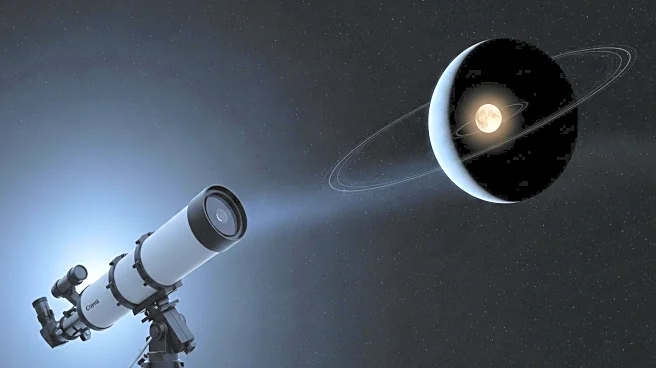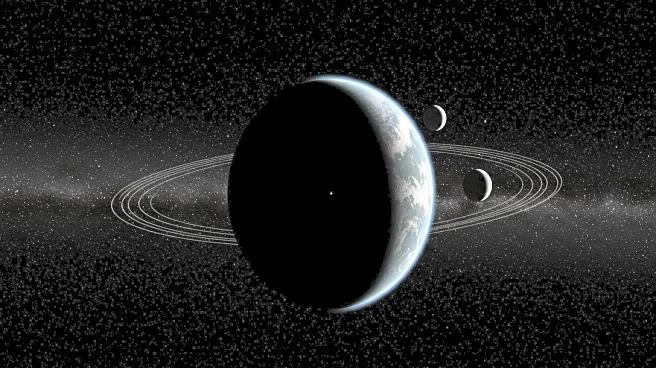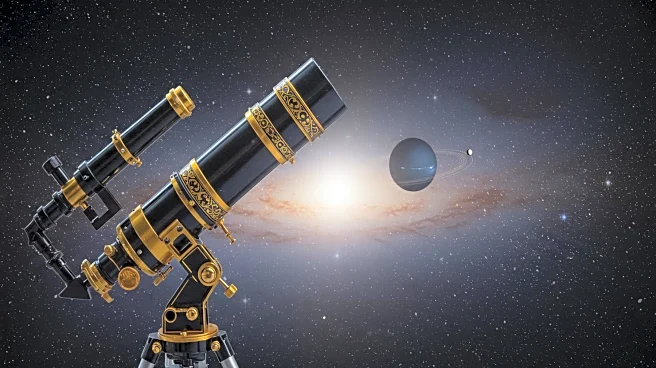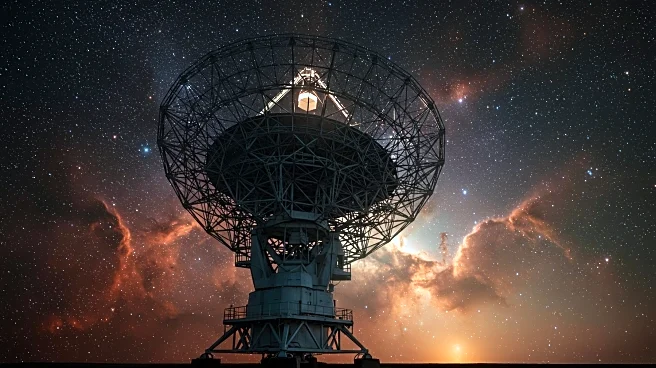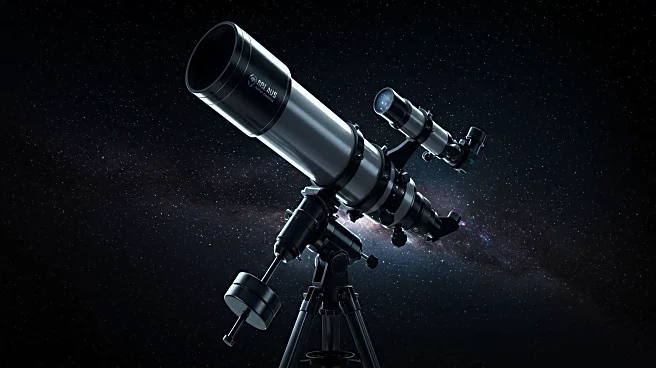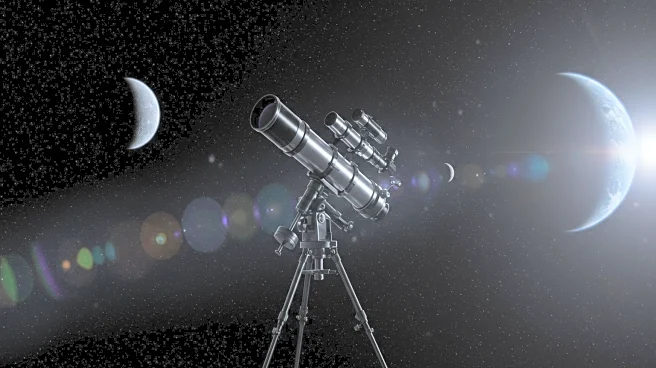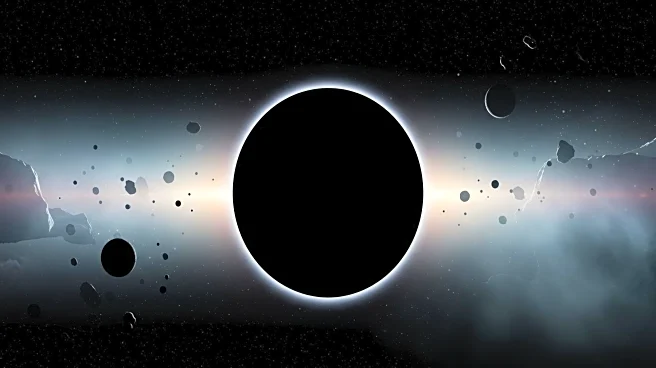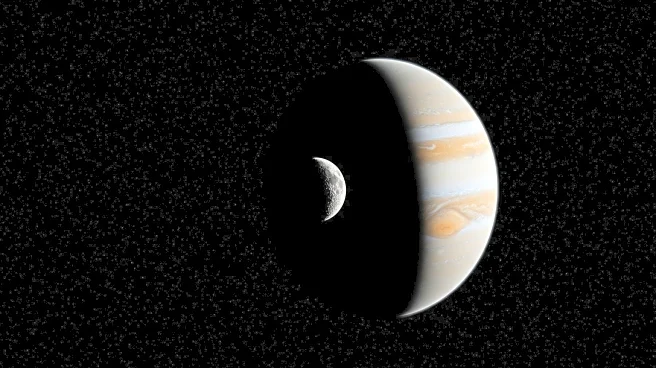What's Happening?
The James Webb Space Telescope (JWST) has discovered a new moon, S/2025 U1, orbiting Uranus. This moon's nearly perfect circular orbit suggests it formed in situ rather than being captured from elsewhere in the solar system. Typically, captured moons have eccentric orbits due to gravitational forces during capture. The discovery provides significant insights into the dynamics of Uranus' satellite system and supports theories about moon formation and planetary ring systems, where bodies form from accretion within the planet's vicinity.
Why It's Important?
The discovery of S/2025 U1 is significant for planetary science, as it offers clues about the formation and evolution of Uranus' moon system. Understanding the characteristics of this moon can help scientists develop new theoretical models about moon formation and the dynamics of planetary systems. This knowledge is crucial for advancing the study of outer solar system bodies and could lead to broader insights into the processes governing planetary formation and evolution.
What's Next?
Researchers will continue to study S/2025 U1 to gather more data on its composition and behavior. This information will be used to refine existing models of moon formation and planetary dynamics. The findings may also prompt further exploration of Uranus and its moons, potentially leading to new missions or studies focused on understanding the planet's satellite system.
